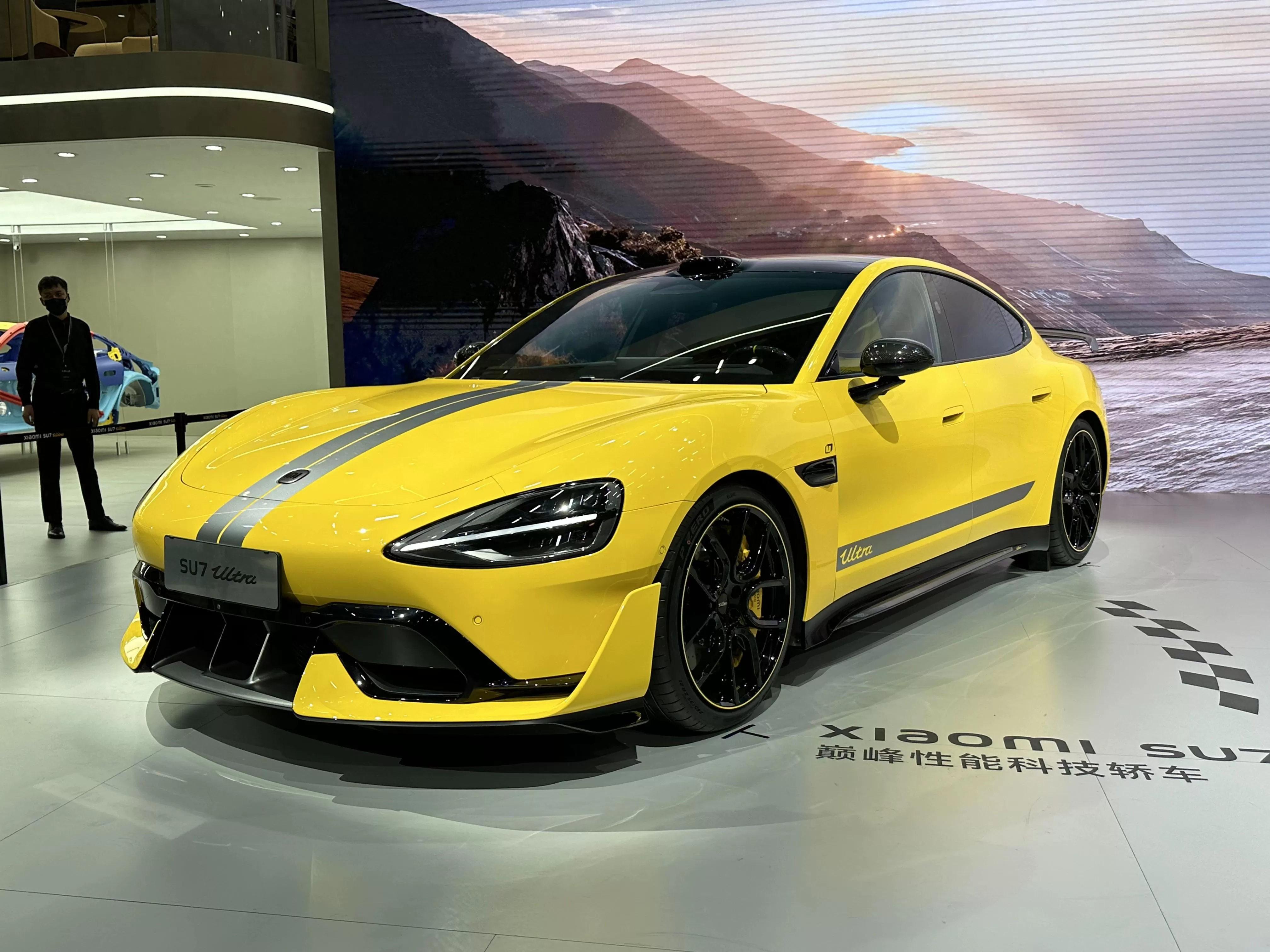I had been considering testing the real-world range of the Xpeng G6 with only the last 10% of battery remaining. The 66 kWh lithium iron phosphate battery had previously been tested, and its range was found to be quite reliable, matching the WLTP range 1:1. If you don’t believe this, you can check out my previous articles (detailed videos included). To be honest, the G6’s range is unbeatable.
I purchased the 580 long-range version, and today I had the opportunity and time to test the real-world range of the G6 with just 18% battery remaining. Initially, the vehicle showed 18% charge (WLTP range 82 km). The distance to my home was exactly 69 km, as shown in the image.

Vehicle settings and status: Standard mode, medium regenerative braking, just two people in the car, heating set to 25°C on level 1. navigation set to the destination, 60% highway driving (NGP assisted driving) + 40% city roads (manual driving). Off we went... Just as I reached the highway entrance, the navigation indicated a remaining range of 7 km. At this point, I felt a bit anxious about the possibility of speed limitations with the last 5% of battery. Therefore, I set the NGP speed limit to 110 km/h, with the actual speed ranging between 90 and 110 km/h, as shown in the image.
Overall, I was quite conservative and a bit nervous about getting back home, haha... With the last 5% of battery, the vehicle gave a battery warning and advised to charge soon. Fortunately, I only had 3 km left to travel!
During the last 3 km, I even accelerated to 85 km/h and noticed that the vehicle did not impose any speed restrictions and there were no other issues. After safely reaching home, I found that the remaining range was still 4% battery (18 km). Theoretically, the remaining distance of 9 km = the vehicle’s display range of 18% battery 82 km - actual distance 73 km. The final 15% battery was very reliable. The range achievement rate for this test was (443.8 + 18) km / 470 km = 98.3%. The performance was quite impressive; the last 10% of battery was much more durable than the first 10%.






